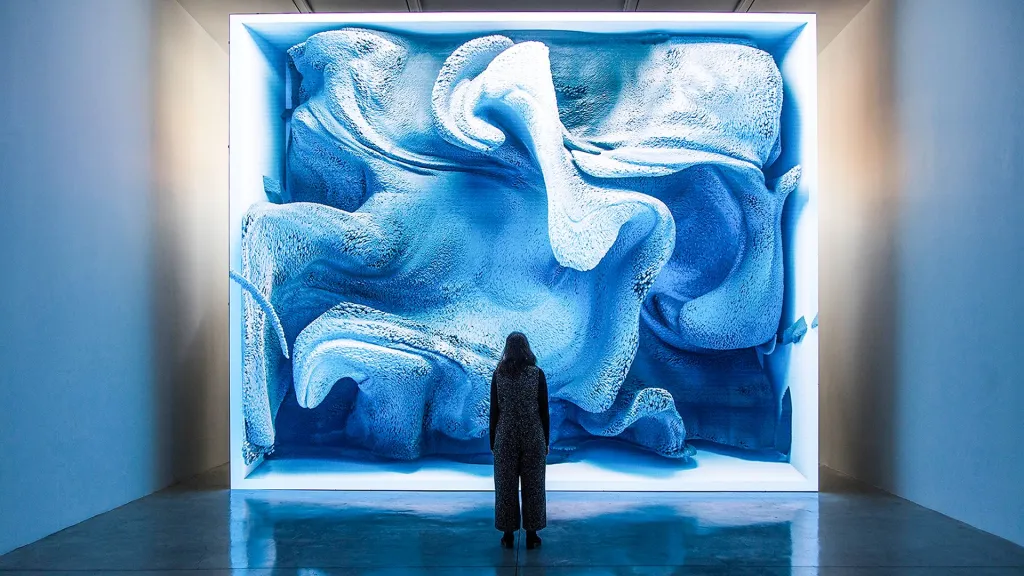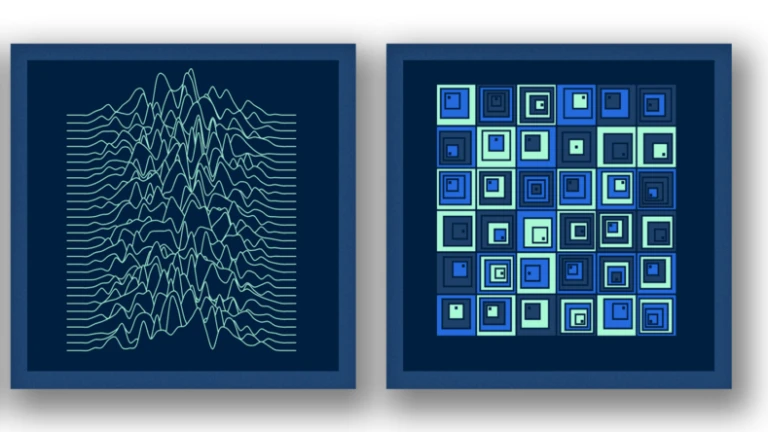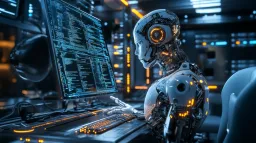What Does the Rise of A.I. Models Mean for the Field of Generative Art?

A.I. models are becoming increasingly popular in the field of generative art. But what does this rise mean for the future of the field? In this article, we will explore the implications of A.I. models in generative art. We will discuss how these models are changing the landscape of the field and what challenges they pose to traditional artists.
What are AI Models?
Art has always been about experimentation and pushing boundaries. With the rise of AI models, there are new opportunities for artists to explore. AI models can be used to generate images, videos, and even sounds. This new technology is still in its early stages. However, it has the potential to change the way we create art.
There are two main types of A.I. models: generative and discriminative. Generative models are used to create new data based on a training set. For example, a generative model could be used to create new images based on a dataset of photos. Discriminative models, on the other hand, are used to classify data into categories. For example, a discriminative model could be used to identify whether an image is a photo or a painting.
A.I. models can be used for a variety of purposes in art. They can be used to create new images or videos from scratch, or they can be used to modify existing artwork.
What is Generative Art?
In the world of art, “generative” refers to a process where the artist creates a work using a set of predetermined rules or parameters. Resultingly, the outcome is largely unpredictable. The term can be applied to any number of creative endeavors, from music composition to visual art.
In recent years, there has been a growing interest in generative art made with the help of artificial intelligence (A.I.). A.I.-generated art is created by feeding data into algorithms that are designed to create new and unique output based on those inputs. The results can be stunningly realistic or completely abstract, depending on the goals of the artist or designer.

There are many possible applications for A.I.-generated art. These range from aiding human artists in their creative process to creating entirely new forms of expression that could only exist through A.I. Whatever the case may be, it’s clear that the field of generative art is evolving in exciting new ways.
Rise of Generative Art
One bright spot on the horizon of crypto art is the medium and market for generative art. Despite the fact that overall NFT trade volume has dropped an astounding 97 percent from its high in 2021.
The solo exhibition of Refik Anadol at the Museum of Modern Art in New York opened, where generative art is getting a significant museum presentation. The most recent data-driven architectural pieces by the artist are on display. Thus, they were made by feeding code that generates random waves and geometric patterns with data taken from MoMA’s own collections. Moreover, these included Hans Haacke pictures and Cézanne and Van Gogh paintings.
Additionally, that sentiment was shared by Cherniak, whose most recent collection of generative work. It was produced in collaboration with the László Moholy-Nagy estate. He told Artnet News, “I think that even if we live in a more technologically advanced world with more potent technological tools, humans will always demonstrate some degree of creativity. Additionally, he said “It makes perfect sense to me that they would employ automation and programming for artistic endeavors as these technologies become more accessible and the general public gets more technologically inclined,”
Lastly, the field of generative art is developing quickly. This is with or without business interest, thanks in large part to a variety of new hardware and software.
Follow us on Instagram: @niftyzone









